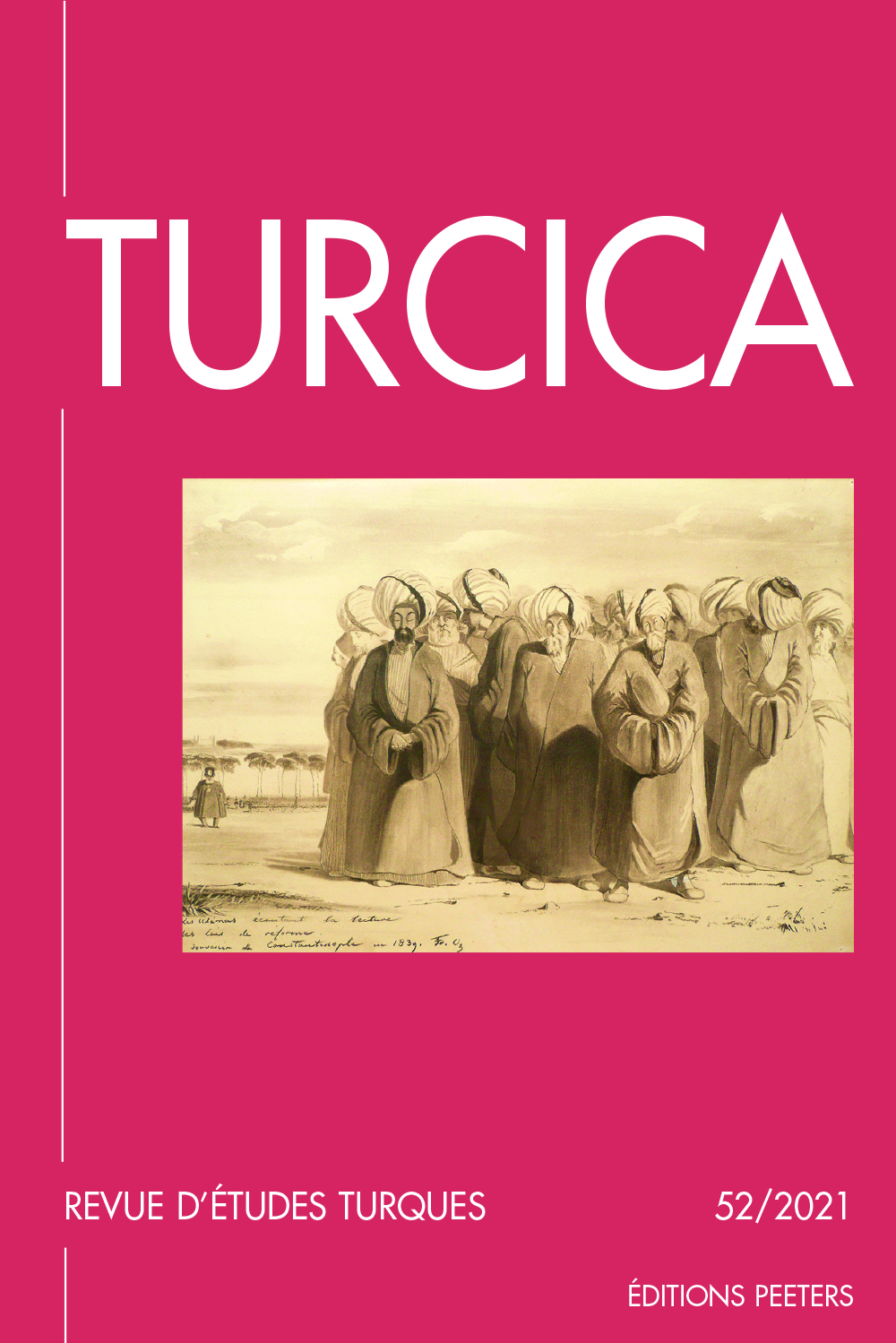 previous article in this issue previous article in this issue | next article in this issue  |

Preview first page |
Document Details : Title: Turkish Periodicals in the District of Jerusalem at the End of the Ottoman Period Author(s): KUSHNER, David Journal: Turcica Volume: 41 Date: 2009 Pages: 115-146 DOI: 10.2143/TURC.41.0.2049290 Abstract : The article describes and analyzes the contents of two separate Ottoman Turkish periodicals which were issued by the authorities in the district of Jerusalem in the closing years of Ottoman rule. Very few issues have survived. One was the official gazette, Kuds-ı Şerif, which appeared between 1904 and 1909, and again between 1913 and 1915. It was published also in an Arabic version and was modeled after other Ottoman provincial gazettes, designed primarily to inform officials as well as the public at large of government regulations and news connected with the province. The other was an illustrated bi-weekly, Musavver Çöl, which was published between the end of 1916 and mid 1917, first in the desert town of Beersheba and then in Jerusalem. This journal, which also contained a number of writings in Arabic, aimed at stirring up loyalty and sacrifice among its readers just at the time when the Ottoman Empire was fighting its last battles for survival. L’article décrit et analyse le contenu de deux périodiques turcs ottomans qui furent publiés par les autorités dans le district de Jérusalem dans les dernières années de l’autorité ottomane. Très peu de numéros ont survécu. L’un de ces périodiques fut le journal officiel, Kuds-ı Şerif, qui parut de 1904 à 1909, puis de 1913 à 1915. Il fut publié aussi en version arabe et prit modèle sur les journaux provinciaux ottomans, destinés originellement à informer les officiels aussi bien qu’un large public des règlementations du gouvernement et des nouvelles liées à la province. L’autre fut un bi-hebdommadaire illustré, Musavver Çöl, publié de 1916 à mi-1917, d’abord dans la ville du désert, Beersheba, puis à Jérusalem. Cette revue, qui contenait aussi nombre d’écrits en arabe, visait à susciter loyauté et sacrifice parmi ses lecteurs, au moment où l’Empire ottoman livrait ses derniers combats pour la survie. |
 |


